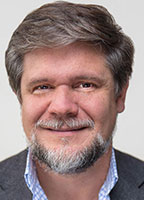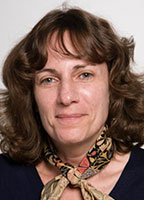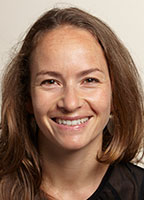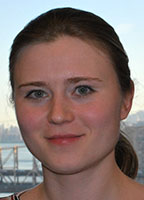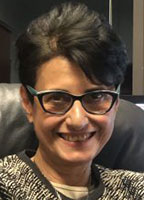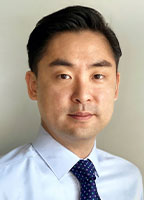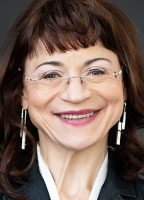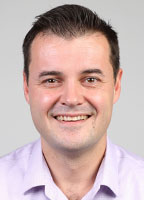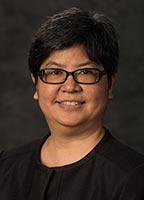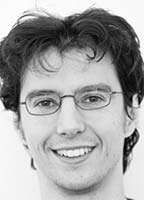Each day, adult humans generate billions of new cells to replace those that are lost naturally or by damage in organ systems, such as the blood, muscle, skin, intestine, and brain.
At the top of the production hierarchies are the stem cells that can make all the different cell types in each tissue and can self-renew. While stem cells have many built-in controls, they rely for proper function on outside signals from their immediate environment, also called stem cell microenvironment or niche. Also, cancer stem cells are influenced by their environment, which they exploit to boost cancer growth.
We must understand how the niche regulates the regenerative functions of stem cells, which goes awry in cancers, to unlock the potential of stem cells in diseased, injured, or aged tissues for therapeutic regeneration; generate cells from pluripotent or tissue stem cells in the laboratory for transplantation and drug testing; and deprive cancer stem cells of their growth advantage in novel anticancer therapies. Several laboratories at the Black Family Stem Cell Institute are working toward meeting these goals.
Investigators with a major focus in the stem cell environment include:
